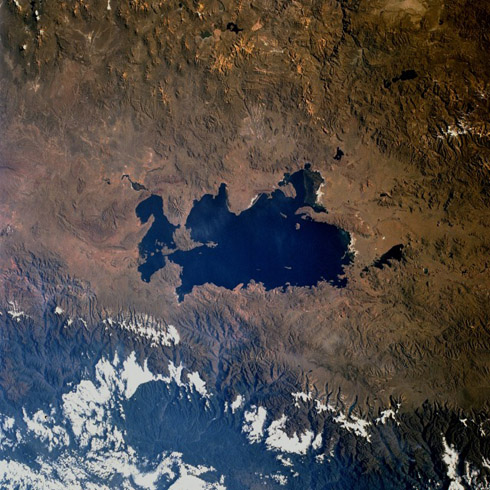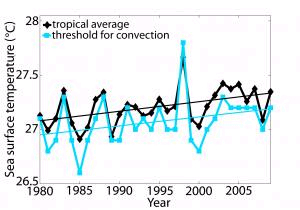‘Novel Ocean-Crust Mechanism Could Affect World’s Carbon Budget’
The Earth is constantly manufacturing new crust, spewing molten magma up along undersea ridges at the boundaries of tectonic plates. The process is critical to the planet’s metabolism, including the cycle of underwater life and the delicate balance of carbon in the ocean and atmosphere.
Now, scientists at the Woods Hole Oceanographic Institution (WHOI) have observed ocean crust forming in an entirely unexpected way—one that may influence those cycles of life and carbon and, in turn, affect the much-discussed future of the world’s climate.
Working at the Guaymas basin in the Gulf of California, WHOI scientists confirmed what they suspected from brief glimpses of the area during previous missions: The inner Earth is injecting swaths of magma called sills as far as 50 kilometers away from the plate boundary, on each side of the ridge —nearly 10 times farther from such an active ocean ridge than had been observed before. (more…)



